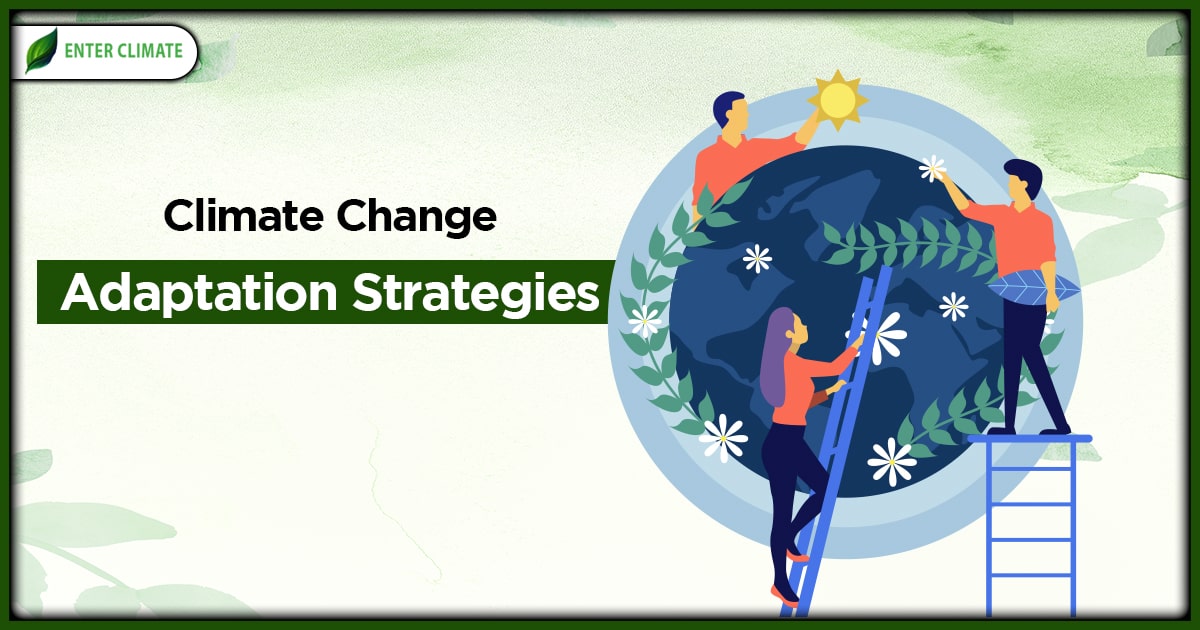Report on the High-Level Political Forum Declaration and its Implications for Sustainable Development Goals
Government Pledges and Alignment with Key SDGs
A declaration adopted at the High-Level Political Forum (HLPF) outlines several governmental pledges critical to achieving the 2030 Agenda. These commitments directly address multiple Sustainable Development Goals (SDGs), with a primary focus on gender equality.
- Elimination of Gender-Based Violence: Governments have pledged to eliminate all forms of violence against women and girls, including child marriage and female genital mutilation. This directly supports the achievement of SDG 5 (Gender Equality), specifically Targets 5.2 and 5.3.
- Universal Access to Essential Services: The declaration affirms the commitment to ensure universal access to inclusive and equitable quality education, which is central to SDG 4 (Quality Education). It also pledges universal access to sexual and reproductive health and rights, a key component of SDG 3 (Good Health and Well-being) and SDG 5.
Economic and Social Empowerment Commitments for SDG Achievement
The declaration further calls for specific investments and policy actions aimed at the economic and social empowerment of women, which are foundational to several SDGs.
- Investment in Care Systems and Social Protection: A call for investment in care systems and gender-responsive social protection mechanisms addresses unpaid care work under SDG 5 and contributes to SDG 1 (No Poverty) and SDG 10 (Reduced Inequalities).
- Economic Equality and Opportunity: Commitments to equal pay, women’s access to decent work, and support for female entrepreneurship are essential for fulfilling SDG 8 (Decent Work and Economic Growth) and SDG 5.
- Digital Inclusion: Promoting women’s digital inclusion supports SDG 9 (Industry, Innovation and Infrastructure) and enhances women’s economic participation under SDG 5 and SDG 8.
Strategic Imperatives for the 2030 Agenda
- The declaration serves as a critical signal that gender equality remains a high-priority global objective.
- It explicitly states that the broader 2030 Agenda and its associated SDGs cannot be achieved without dedicated investment and concrete actions to secure the rights and empowerment of all women and girls.
- The upcoming Beijing+30 anniversary is positioned as a pivotal moment to transform these renewed commitments into measurable progress, backed by necessary resources and accountability frameworks.
- Success requires the meaningful participation of women and girls in shaping future policies, a principle that underpins SDG 5 and SDG 16 (Peace, Justice and Strong Institutions).
Which SDGs are addressed or connected to the issues highlighted in the article?
-
SDG 5: Gender Equality
This is the central SDG discussed. The article explicitly mentions the goal of achieving gender equality and references several key components, such as eliminating gender-based violence, ensuring women’s rights, promoting equal pay, and supporting women’s empowerment through various means.
-
SDG 4: Quality Education
The article directly refers to the pledge to “ensure universal access to inclusive education,” which is a core objective of SDG 4, particularly in the context of ensuring girls have equal opportunities.
-
SDG 8: Decent Work and Economic Growth
The article highlights the call for “equal pay, women’s access to decent work, and support for entrepreneurship,” all of which are fundamental aspects of SDG 8, focusing on inclusive and sustainable economic growth for all.
-
SDG 3: Good Health and Well-being
The pledge to ensure “universal access to… sexual and reproductive health and rights” connects directly to SDG 3, which includes targets related to reproductive healthcare services.
What specific targets under those SDGs can be identified based on the article’s content?
-
Target 5.2: Eliminate all forms of violence against all women and girls
This is identified through the pledge to “eliminate all forms of gender-based violence.”
-
Target 5.3: Eliminate all harmful practices, such as child, early and forced marriage and female genital mutilation
The article specifically mentions the commitment to eliminate “child marriage and female genital mutilation.”
-
Target 5.6: Ensure universal access to sexual and reproductive health and reproductive rights
This is directly stated in the article as a pledge to “ensure universal access to… sexual and reproductive health and rights.”
-
Target 5.b: Enhance the use of enabling technology, in particular information and communications technology, to promote the empowerment of women
The call for “digital inclusion” for women directly relates to this target.
-
Target 8.5: Achieve full and productive employment and decent work for all women and men… and equal pay for work of equal value
This is reflected in the call for “equal pay” and “women’s access to decent work.”
-
Target 4.5: Eliminate gender disparities in education and ensure equal access to all levels of education
The pledge for “universal access to inclusive education” for all women and girls supports this target.
-
Target 5.4: Recognize and value unpaid care and domestic work
The call for “investment in care systems” and “gender-responsive social protection” aligns with this target’s aim to value and support care work, which is disproportionately done by women.
Are there any indicators mentioned or implied in the article that can be used to measure progress towards the identified targets?
-
Prevalence of Gender-Based Violence
The commitment to “eliminate all forms of gender-based violence” implies the need to measure its prevalence to track progress towards elimination.
-
Rates of Child Marriage and Female Genital Mutilation (FGM)
By specifically mentioning the goal to eliminate “child marriage and female genital mutilation,” the article implies that the proportion of girls and women subjected to these practices are key indicators of progress.
-
Access to Education
The pledge for “universal access to inclusive education” implies using indicators such as enrollment rates, completion rates, and gender parity indices in education at all levels.
-
Access to Sexual and Reproductive Health Services
The goal of “universal access to sexual and reproductive health and rights” implies measuring indicators like the proportion of women with access to family planning, modern contraception, and reproductive health services.
-
Gender Pay Gap
The call for “equal pay” directly implies using the gender pay gap (the difference in average hourly earnings between men and women) as a primary indicator.
-
Women’s Labor Force Participation and Access to Decent Work
The mention of “women’s access to decent work” suggests using indicators like the female labor force participation rate and the proportion of women in vulnerable employment.
-
Women’s Access to Digital Technology
The call for “digital inclusion” implies measuring the gender gap in internet access, mobile phone ownership, and digital literacy.
SDGs, Targets and Indicators
| SDGs | Targets | Indicators (Implied from the Article) |
|---|---|---|
| SDG 5: Gender Equality | 5.2: Eliminate all forms of violence against women and girls. | Prevalence of gender-based violence. |
| SDG 5: Gender Equality | 5.3: Eliminate all harmful practices (e.g., child marriage, FGM). | Proportion of women and girls subjected to child marriage and FGM. |
| SDG 5: Gender Equality / SDG 3: Good Health and Well-being | 5.6 / 3.7: Ensure universal access to sexual and reproductive health and rights. | Proportion of women with access to sexual and reproductive health services. |
| SDG 5: Gender Equality | 5.4: Recognize and value unpaid care and domestic work. | Level of investment in care systems and gender-responsive social protection. |
| SDG 5: Gender Equality | 5.b: Enhance the use of enabling technology to promote the empowerment of women. | Gender gap in internet access and digital literacy (digital inclusion). |
| SDG 4: Quality Education | 4.5: Eliminate gender disparities in education. | Gender parity index in educational enrollment and completion rates. |
| SDG 8: Decent Work and Economic Growth | 8.5: Achieve full employment, decent work, and equal pay for work of equal value. | Gender pay gap; Female labor force participation rate. |
| SDG 8: Decent Work and Economic Growth | 8.3: Promote policies that support entrepreneurship. | Level of support for women’s entrepreneurship. |
Source: unwomen.org







